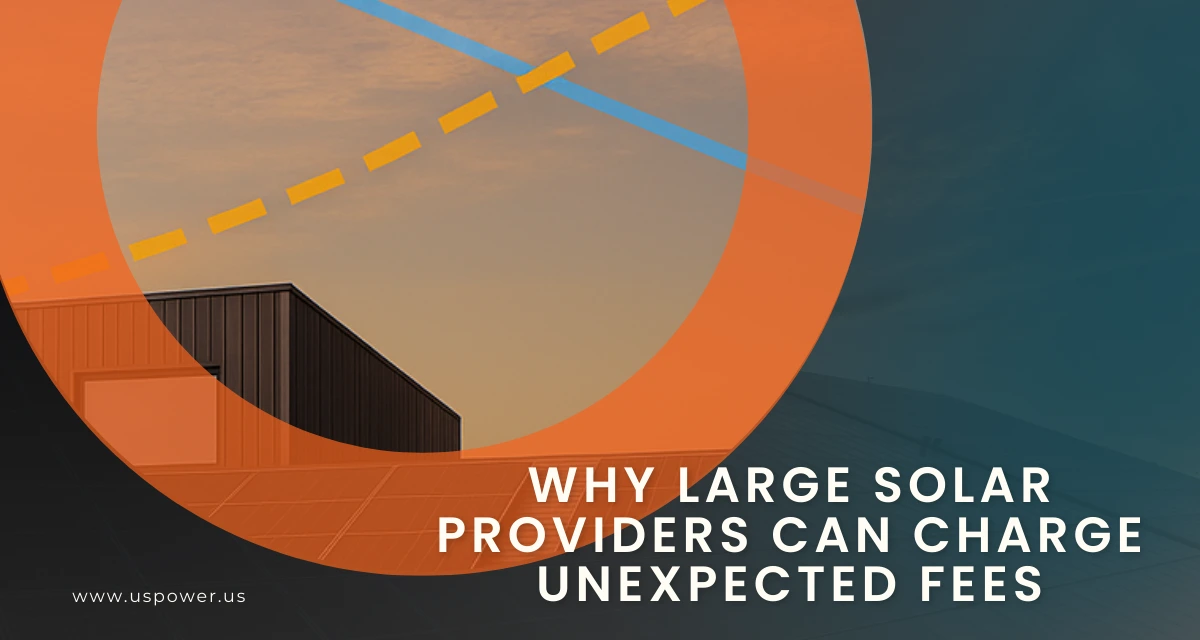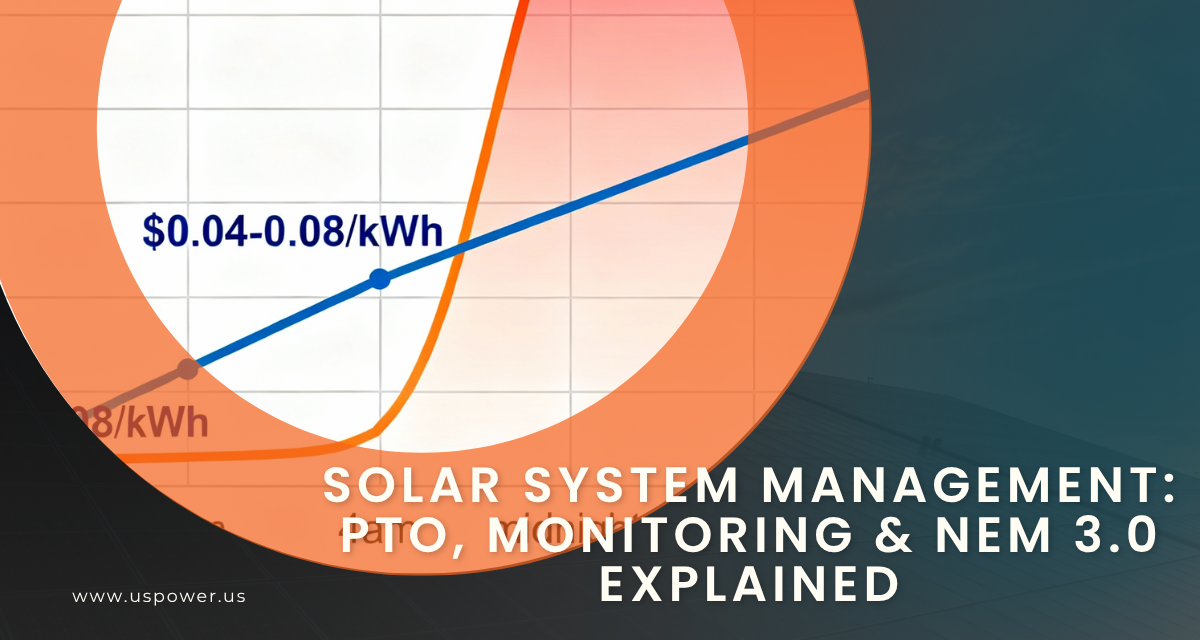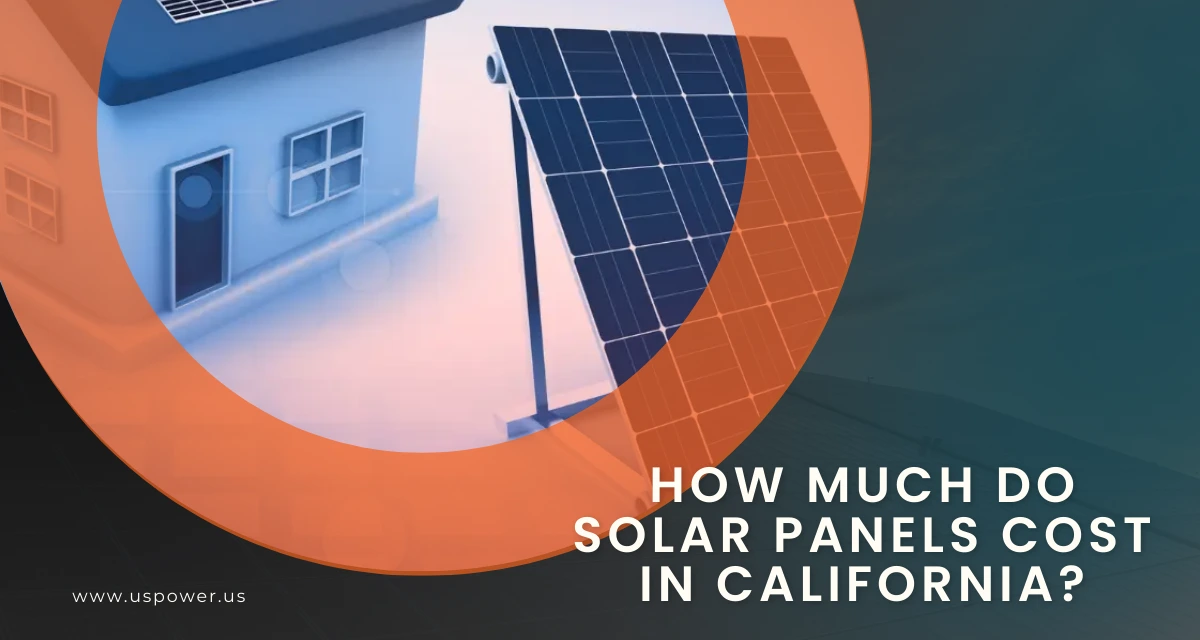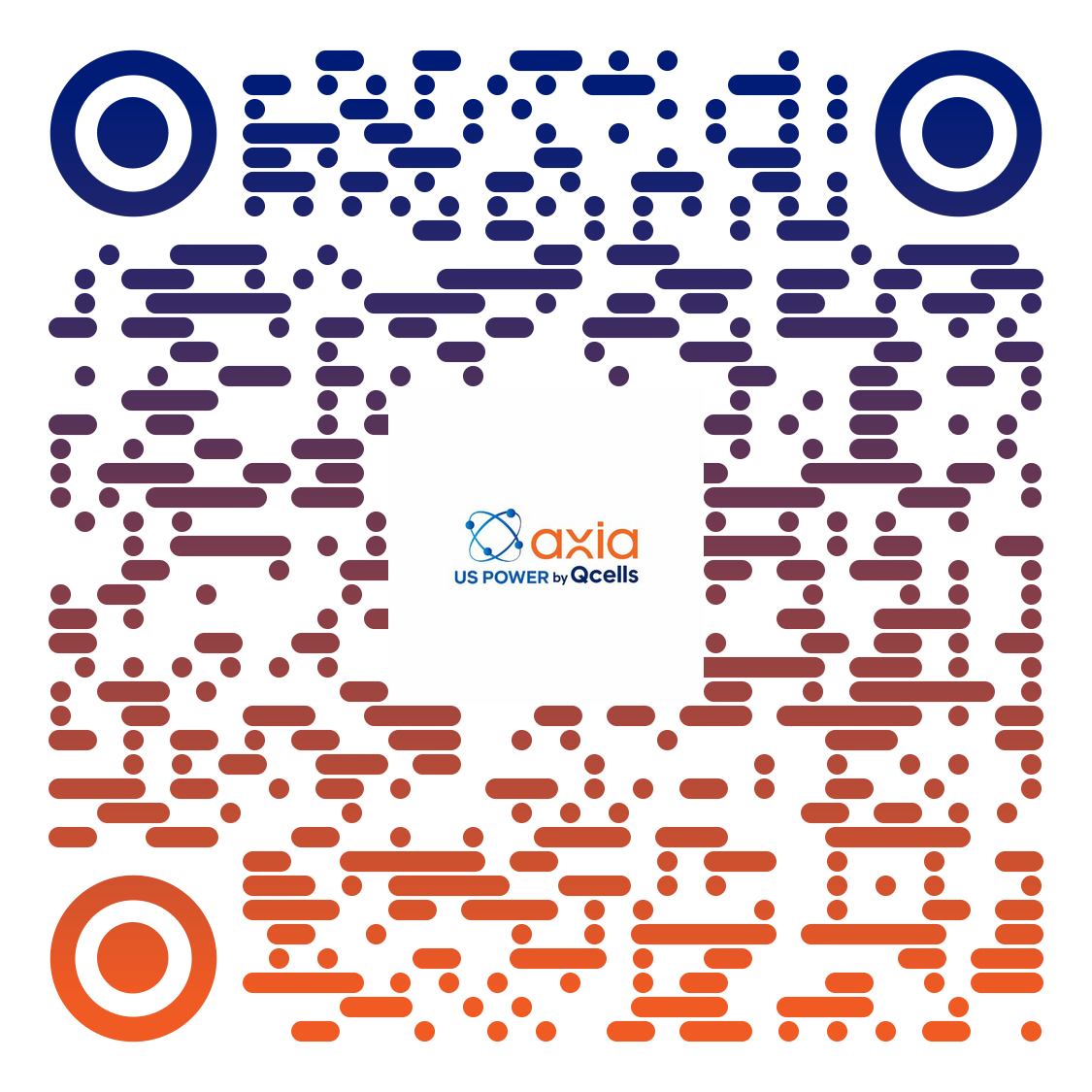Should You Wait or Go Solar Now in Southern California?

Solar and Roofing Advisor
Solar Tax Savings is going away, and energy rates are climbing fast in Southern California. Discover why 2025 is the smartest year to go solar through US Power.
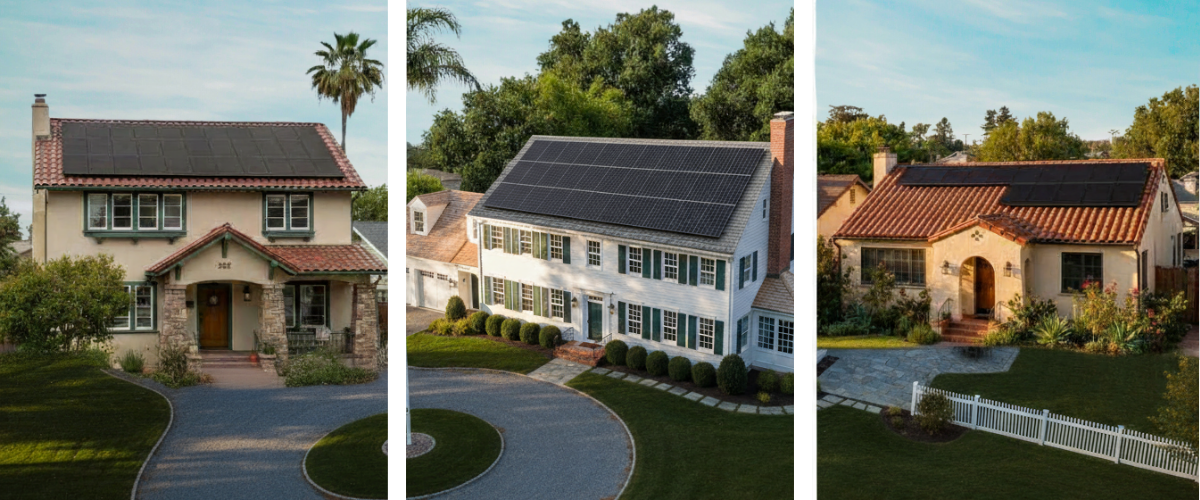
Your power bill keeps climbing. The government's biggest solar incentive might disappear in 60 days. And your neighbors are already locking in decades of savings while you're still on the fence.
If you've been waiting for the "perfect time" to go solar, this is your wake-up call.
The $16,000 Question Every Homeowner Is Asking
Here's what's keeping Southern California families up at night: Will the 30% federal solar tax credit survive past December 31, 2025?
Right now, the IRS guarantees that homeowners can claim 30% back on qualified solar and battery systems installed this year. That's potentially $10,000-$15,000 back in your pocket for a typical home system. But Congress is actively debating legislation to end this credit entirely after this year. For installations completed after December 31, 2025, you could lose access to thousands of dollars in savings—gone overnight, with no warning.
The clock is ticking. And it's not coming back.
What "Waiting for Prices to Drop" Actually Costs You
Let's do the math that solar companies don't want you to see:
Scenario 1: You install solar in November 2025
- 6 kW system: $17,500 before incentives
- Federal tax credit (30%): -$5,250
- Your real cost: $12,250
- Monthly savings on electricity: ~$180
- Year 1 total savings: $2,160
Scenario 2: You wait until 2026
- Same 6 kW system: $17,500 (prices stayed flat)
- Federal tax credit: $0 (program ended)
- Your real cost: $17,500
- Monthly savings: ~$180
- Difference: You paid $5,250 more AND lost a year of savings ($2,160)
Waiting just cost you $7,410.
And that's before we talk about utility rate increases.
Your Electric Bill Isn't Going Down—Ever
Southern California Edison and SoCal Gas have raised rates every single year for the past decade. The average California household now pays $0.34 per kilowatt-hour—among the highest in the nation.
Here's what most homeowners don't realize: Every year you wait, the value of solar increases because your avoided cost (what you're NOT paying the utility) goes up. But the window to capture maximum savings is closing fast.
The NEM 3.0 Reality Nobody Talks About
In April 2023, California changed the rules. Under Net Energy Metering 3.0 (NEM 3.0), the credits you get for sending excess solar back to the grid dropped by about 75%.
Translation: If you install solar-only panels without a battery, your payback period just got a lot longer. The utilities essentially devalued your rooftop power plant.
But here's the solution: Pairing solar with battery storage lets you use every watt you generate during expensive evening peak hours—when electricity costs the most. You're not selling power back for pennies; you're avoiding $0.40+/kWh charges.
This is why solar + storage is now the only system configuration that makes financial sense in California. And both the panels AND the battery qualify for that 30% federal credit—if you act before year-end.
What Industry Insiders Know (That Salespeople Won't Tell You)
The residential solar industry has a trust problem. Pop-up companies have flooded California with misleading pitches: "free solar," inflated savings claims, hidden loan terms, and systems that underperform.
Here's the truth:
- Solar isn't free. But it IS an investment that pays you back.
- Not every home qualifies for maximum savings. Roof orientation, shading, and usage patterns matter.
- Premium equipment costs more upfront—but it performs better, lasts longer, and delivers better ROI over 25+ years.
At US Power, we lead with transparency because informed customers make better decisions—and become lifelong advocates. Our factory-direct partnership with Qcells means you're getting American-made, high-efficiency panels at prices typically reserved for bulk commercial buyers.
The Real Reasons Homeowners Go Solar (Hint: It's Not Just Money)
Research into California solar adopters reveals three core motivations:
1. Energy Independence
Blackouts, wildfire power shutoffs, and grid instability are California realities. Battery-backed solar means your lights stay on when your neighbors' don't.
2. Protecting Your Family's Future
Every solar panel is a hedge against unpredictable utility rate increases. You're locking in predictable energy costs for 25+ years.
3. Being the Leader Your Community Needs
Early adopters inspire their neighborhoods. Solar owners report pride in setting an environmental example and leaving their homes better than they found them.
Yes, saving money matters. But peace of mind, control, and legacy matter more.
What a Real System Costs (With Real Numbers)
Let's break down a typical Southern California installation:
6 kW Qcells Solar System + 13.5 kWh Battery
- Solar panels: $15,600
- Battery storage: $11,200
- Total system: $26,800
- Federal tax credit (30%): -$8,040
- Your investment: $18,760
What you get:
- Covers 75-85% of annual electricity usage
- Protects against outages with backup power
- Saves ~$2,400/year at current rates
- Payback in 7-8 years
- Lifetime savings (25 years): $60,000+
Compare that to doing nothing: Over 25 years, you'll pay the utility an estimated $150,000-$180,000 (assuming 3-4% annual rate increases).
Why Equipment Quality Is Your Most Important Decision
In 2024-2025, multiple major solar companies collapsed, leaving thousands of customers stranded with non-working systems and no support. Cheap panels from fly-by-night installers are not bargains—they're liabilities.
US Power's differentiators:
- Qcells panels: American-made, 25-year performance warranty, 22-24% efficiency
- Battery integration: Tesla Powerwall, Enphase, FranklinWH—best-in-class storage solutions
- Local expertise: Sherman Oaks, Woodland Hills, Pasadena specialists who understand clay tile roofs, local permitting, and SCE interconnection
- Factory-direct pricing: You pay wholesale costs for premium equipment
When you choose quality now, you're not just buying panels—you're buying decades of reliability and support.
Your 60-Day Action Plan
Step 1 (Week 1): Schedule your free solar assessment
US Power evaluates your roof, reviews 12 months of utility bills, and calculates your custom savings.
Step 2 (Week 2): Review your personalized system design
See exactly what your home will look like with solar, how much you'll save, and your total investment (including all incentives).
Step 3 (Weeks 3-6): Permitting and installation
We handle all paperwork, pull permits, and schedule installation. Most systems go live within 4-6 weeks.
Step 4 (Week 8): Activate and start saving
Your system is connected to the grid, monitoring is set up, and you immediately start slashing your electric bill.
Step 5: Claim your 30% tax credit when you file 2025 taxes
The Questions Homeowners Actually Ask
"What if solar technology gets better next year?"
It will. It always does. But the cost of waiting (lost savings + potentially lost incentives) far exceeds any marginal efficiency gains. The best system is the one generating power TODAY.
"What happens if I sell my house?"
Solar increases home value—studies show buyers pay a premium for homes with owned solar systems. Your investment transfers to the new owner, or you've already recovered costs through savings.
"What if something breaks?"
Premium equipment like Qcells comes with 25-year warranties. US Power provides ongoing monitoring and maintenance support. You're covered.
"How do I know you're not like those companies on the news?"
Fair question. We're a local, established installer serving Southern California for years—not a pop-up national chain. Our Google reviews, referrals, and repeat customers speak for themselves. We put our name on every installation.
The Bottom Line: This Is Your Moment
Here's what we know:
✅ The 30% federal tax credit is guaranteed through December 31, 2025—and possibly ending after that
✅ California utility rates will keep rising 3-5% annually
✅ NEM 3.0 makes solar + storage the only smart configuration
✅ Premium American-made equipment will not get cheaper
✅ Every month you delay costs you hundreds in lost savings
The homeowners who act in 2025 will look back in 5 years and feel relief. The ones who waited will feel regret.
Take Control of Your Energy Future—Today
For Southern California homeowners, the math is clear: the best time to go solar was yesterday; the next best time is now. Between solid federal tax credits, rising utility rates, shifting export policies under NEM 3.0, and the value of premium, American-made panels plus battery storage – waiting introduces risk.
US Power is offering free solar assessments through November 2025 for Southern California homeowners. No pressure, no gimmicks—just honest analysis of whether solar makes sense for your home.
Schedule your free consultation now!
Don't let 2025 end without making the smartest financial decision for your family's future.
Artículos relacionados
Nuestros blogs relacionados
Maximize 2025 savings with US Power solar + battery systems and boost home's value.
Before receiving PTO, your utility has no obligation to track export credits or pay y
Get the full breakdown of solar panel costs, benefits, and savings in California.
Nuestros socios de marcas de energía solar y techos








Empoderamos a las comunidades y las empresas para que aprovechen las energías limpias y renovables energía solar soluciones que impulsan el crecimiento sostenible.
Derechos de autor © 2025 US POWER | Energía solar y techosUS Power - Axia by QCells. All Rights Reserved.
La privacidad es importante para nosotros, por lo que tiene la opción de deshabilitar ciertos tipos de almacenamiento que pueden no ser necesarios para el funcionamiento básico del sitio web. El bloqueo de categorías puede afectar a su experiencia en el sitio web.
Imprescindible
Estos elementos son necesarios para habilitar la funcionalidad básica del sitio web.
Personalización
Estos elementos permiten que el sitio web recuerde las elecciones que ha realizado (como el nombre de usuario, el idioma o la región en la que se encuentra) y proporcionan funciones mejoradas y más personales.
Mercadeo
Estos artículos se utilizan para ofrecer publicidad que sea más relevante para usted y sus intereses.
Analítica
Estos elementos ayudan al operador del sitio web a comprender cómo funciona su sitio web, cómo interactúan los visitantes con el sitio y si puede haber problemas técnicos.
Nosotros y nuestros socios externos utilizamos cookies y otras tecnologías para mejorar y rastrear su experiencia en este sitio, realizar análisis y personalizar el marketing para usted. Al usar el sitio, aceptas que usemos estas tecnologías, incluido el registro y el monitoreo de tus interacciones con el sitio.
¡Obtenga una estimación solar instantánea usando el satélite!




